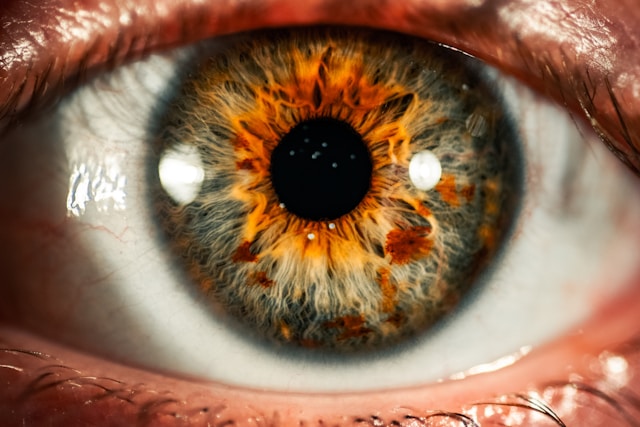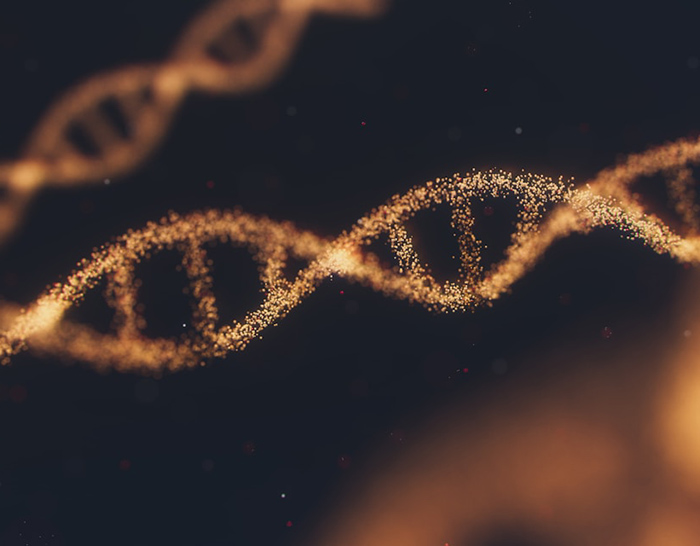Scientists using the CRISPR-Cas9 gene-editing technology say they can treat mice to reverse the deterioration that takes place after a heart attack. Their research offers the promise of expanding the medical uses of CRISPR, which was only invented about a decade ago.
After a heart attack, damage to the heart grows steadily worse, driven by overactivation of a gene called CaMKIIδ. The overactivation is caused by oxidation of two methionine amino acids within the CaMKIIδ protein, according to scientists at the University of Texas Southwestern Medical Center.
The UT team explains that using a viral, RNA-based delivery system that directly targets the heart, combined with a base editor that alters the CaMKIIδ gene, they can convert the methionine into a different, harmless amino acid.
They say they tested their work on human heart cells growing in a petri dish, depriving the cells of oxygen to simulate a heart attack, and found that the cells protected by gene editing were not damaged. Then, the team says, they tried the test with mice and found those that had survived a heart attack and received the treatment recovered almost completely. In contrast, the condition of untreated post-heart attack mice deteriorated steadily.
What’s more, they were able to edit the gene only in the heart: The CaMKIIδ was unchanged in the rest of the bodies of the mice, which shows the effectiveness of the viral delivery system for CRISPR-Cas9 editing, the UT team says.
A new use for gene editing
While there has been much investigation of CRISPR Cas9 to treat rare genetic diseases, treating a non-genetic condition—especially one as common as a heart attack—is an exciting new direction, says Dr. Rhonda Bassel-Duby, a co-leader of the study.
“Rather than targeting a genetic mutation, we essentially modified a normal gene to make sure it wouldn’t become harmfully overactive. It’s a new way of using CRISPR-Cas9 gene editing,” according to Dr. Bassel-Duby.
Scientists have been anticipating this expansion of the uses of CRISPR to encompass a range of diseases and even prevention, according to an interview with Bio.News.




